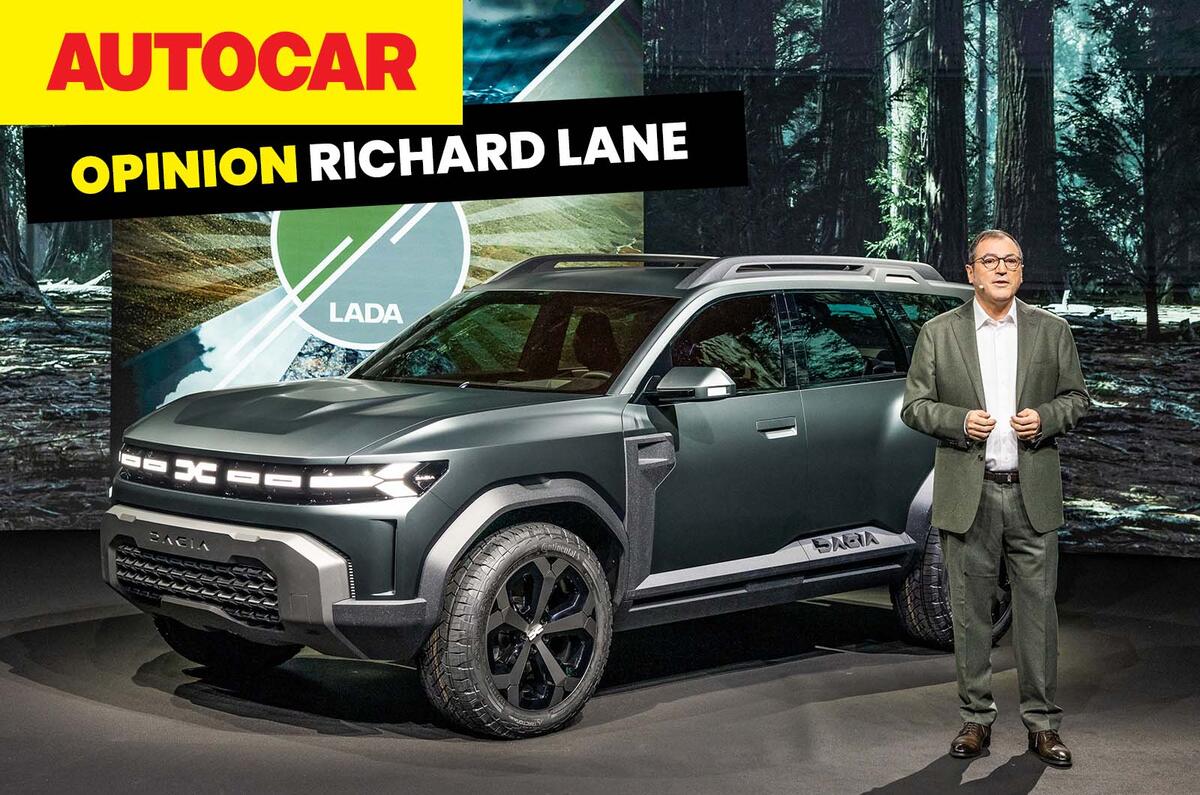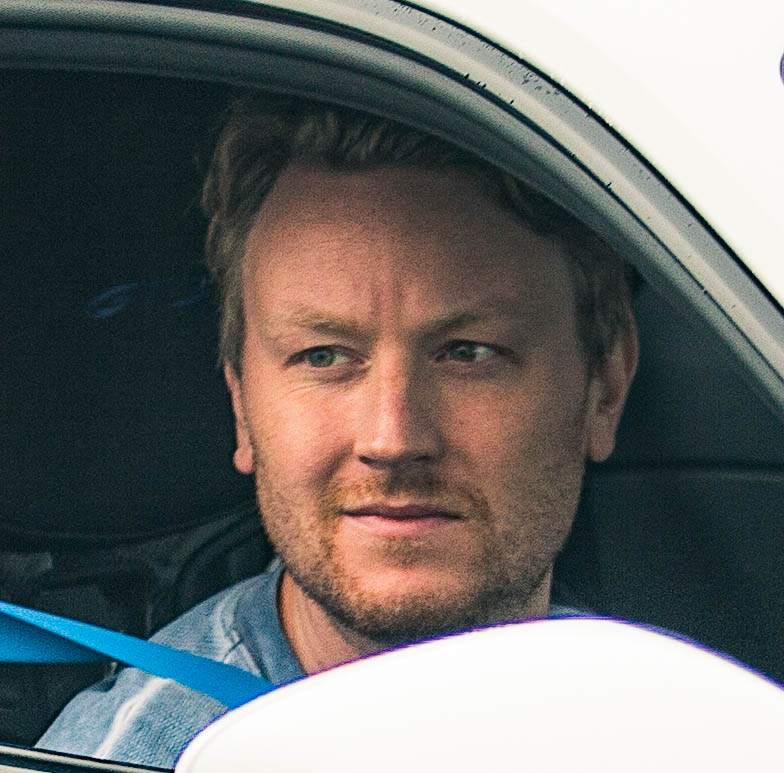You wouldn’t think an electrically powered tailgate could be the topic of engrossing chatter, because 99.9% of the time it can’t.
But then you find yourself in a room with Denis Le Vot, and suddenly it’s as if Walter Röhrl is explaining that the next Porsche 911 is going to get a V12.
Le Vot, an engineer by training, is the CEO of Dacia. He’s one of those fascinating, shrewd execs who’s been around the corporate block.
Turkey, Russia, Belgium, the US, mostly within the Renault-Nissan universe, and with a stint as a board member at AvtoVAZ, the Soviet state-owned car maker that went private in the 1990s and was then bought by Renault before being returned to the Russian state in 2022.
He has lived a life of unglamorous car-industry realpolitik, making profit where it isn’t easily found. It isn’t hard to see why Renault Group CEO Luca de Meo thought him a superb fit for Dacia – a brand that squeezes margin from cars until the piston rings squeak.
Le Vot loves this stuff, as I discovered on the recent Bigster launch in Provence, where we talked not about how Dacia’s new SUV rides or handles (well enough) but how the hell the company can charge so little for it.
The range starts at £25k, and when you consider the kit on offer, it’s the same as Aston Martin offering its new Vantage for BMW M4 money. It’s tough to see how some of the Bigster’s rivals will survive, especially as it’s reasonably easy on the eye as well as the wallet. A bloodbath seemingly awaits.
Dacia’s approach is triple-pronged, beginning with modularity. Okay, no surprise there (it’s the only way that any car maker short of Ferrari et al can do business today), but the Romanian brand takes it a step further than most.
Save for the tiny Spring EV, all of its cars are identical up to the B-pillar. Le Vot jokes that while it took two years and 3000 engineers to turn Renault’s Clio into the Sandero, it then cost £5 to turn the Sandero into the Jogger.









Add your comment